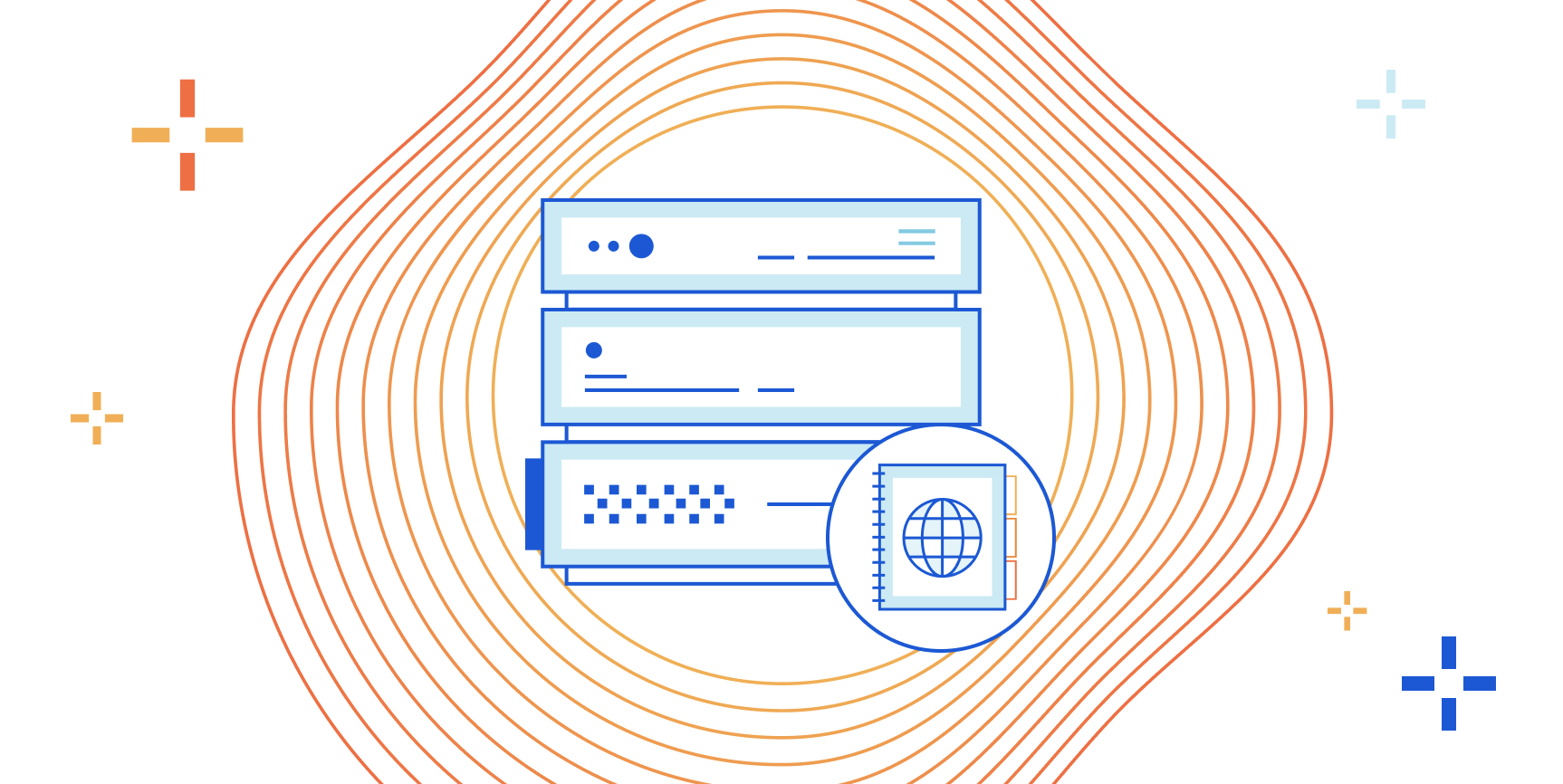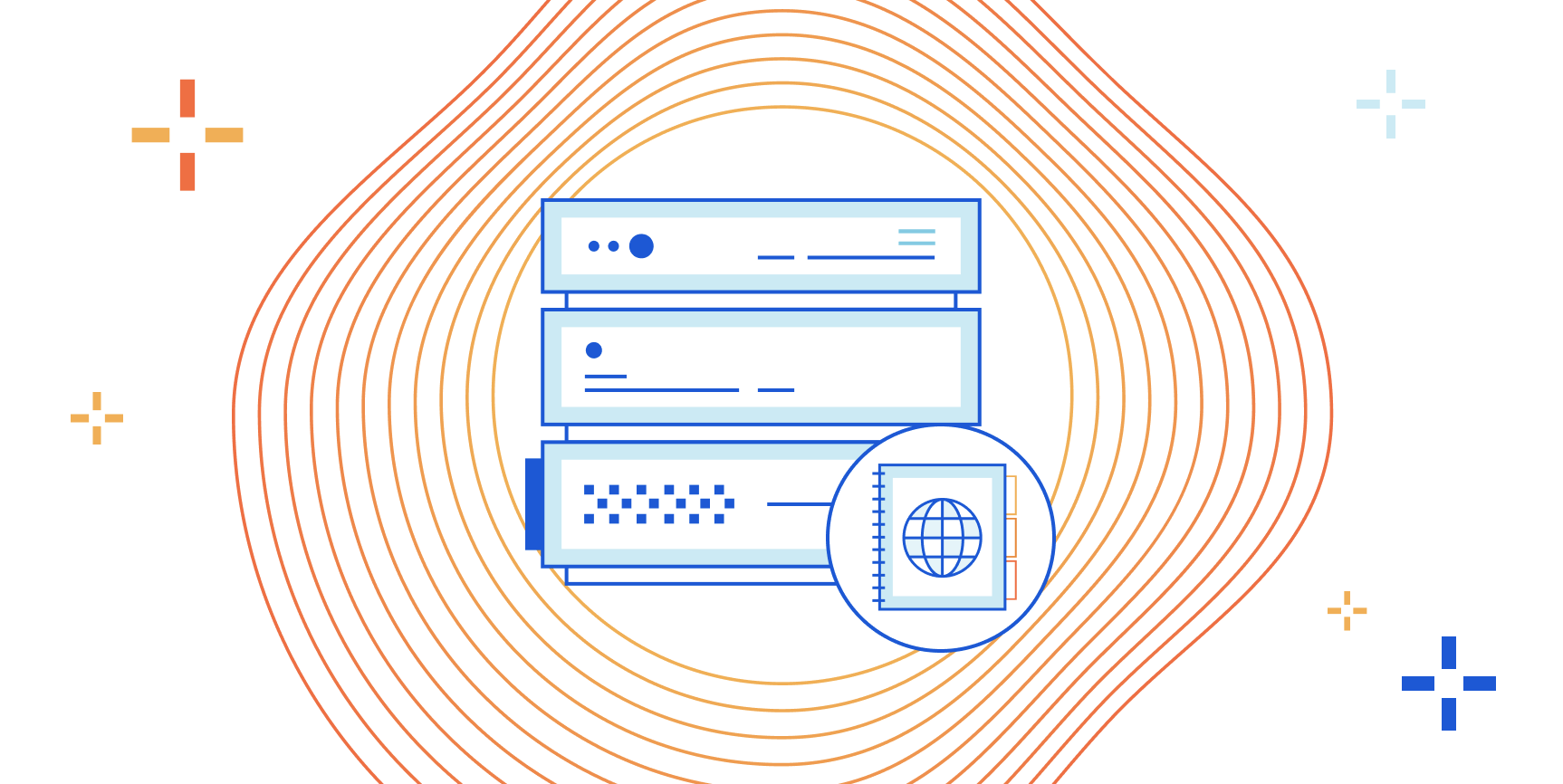Full Stack Journey 048: Where Is IT Headed In 2021?
On today's episode of the Full Stack Journey podcast, host Scott Lowe is joined by fellow Packet Pusher podcast host Drew Conry-Murray for a lively discussion on the trends they see on the horizon in the industry, and how IT professionals can prepare themselves for those trends, including network automation and orchestration, emerging tools, and more.Full Stack Journey 048: Where Is IT Headed In 2021?
On today's episode of the Full Stack Journey podcast, host Scott Lowe is joined by fellow Packet Pusher podcast host Drew Conry-Murray for a lively discussion on the trends they see on the horizon in the industry, and how IT professionals can prepare themselves for those trends, including network automation and orchestration, emerging tools, and more.
The post Full Stack Journey 048: Where Is IT Headed In 2021? appeared first on Packet Pushers.
Assigning Node Labels During Kubernetes Cluster Bootstrapping
Given that Kubernetes is a primary focus of my day-to-day work, I spend a fair amount of time in the Kubernetes Slack community, trying to answer questions from users and generally be helpful. Recently, someone asked about assigning node labels while bootstrapping a cluster with kubeadm. I answered the question, but afterward started thinking that it might be a good idea to also share that same information via a blog post—my thinking being that others who also had the same question aren’t likely to be able to find my answer on Slack, but would be more likely to find a published blog post. So, in this post, I’ll show how to assign node labels while bootstrapping a Kubernetes cluster.
The “TL;DR” is that you can use the kubeletExtraArgs field in a kubeadm configuration file to pass the node-labels command to the Kubelet, which would allow you to assign node labels when kubeadm bootstraps the node. Read on for more details.
Testing with Kind
kind is a great tool for testing this sort of configuration, since kind uses kubeadm to bootstrap its nodes. If you aren’t familiar with kind, I encourage you to visit the kind website; in Continue reading
Network Break 312: AWS Kneecapped By Kinesis; Linux Unlikely For Apple M1
The latest Network Break episode explores AWS's pre-Thanksgiving outage and the lack of fallout, discusses a new AWS firewall service, reports on why Linus Torvalds isn't holding his breath on seeing Linux run on Apple's new M1 SoC, covers the latest tech financial results, and more.Network Break 312: AWS Kneecapped By Kinesis; Linux Unlikely For Apple M1
The latest Network Break episode explores AWS's pre-Thanksgiving outage and the lack of fallout, discusses a new AWS firewall service, reports on why Linus Torvalds isn't holding his breath on seeing Linux run on Apple's new M1 SoC, covers the latest tech financial results, and more.
The post Network Break 312: AWS Kneecapped By Kinesis; Linux Unlikely For Apple M1 appeared first on Packet Pushers.
How To Improve Your Negotiation Skills
Strong negotiation skills are extremely important no matter at what level you are in your life. Not only are they needed in the workplace, but they will also help you in other aspects of life as well. This is why you should focus on improving your negotiation skills.
Although improving negotiation skills are essential, a lot of us keep delaying it. We find the idea so overwhelming that we delay taking the necessary steps that are needed to improve our negotiation skills.
So, if you are also one of those people, then you do not need to worry anymore. You can now improve your negotiation skills just by following the tips mentioned below. Let’s take a look at them.
Prepare Yourself
The first and important step for negotiating successfully is preparing yourself in advance for negotiation. You need to fully understand the situation that you will be facing. Go through all the possible scenarios that might take place at the meeting. When you are prepared in advance for the negotiation, it will give you a clear idea of the things at stake. This is why it is important to prepare yourself in advance.
Do Not Be Afraid To Make Continue reading
Innovation Myths
Innovation has gained a sort-of mystical aura in our world. Move fast and break stuff. We recognize and lionize innovators in just about every way possible. The result is a general attitude of innovate or die—if you cannot innovate, then you will not progress in your career or life. Maybe it’s time to take a step back and bust some of the innovation myths created by this near idolization of innovation.
You can’t innovate where you are. Reality: innovation is not tied to a particular place and time. “But I work for an enterprise that only uses vendor gear… Maybe if I worked for a vendor, or was deeply involved in open source…” Innovation isn’t just about building new products! You can innovate by designing a simpler network that meets business needs, or by working with your vendor on testing a potential new product. Ninety percent of innovation is just paying attention to problems, along with a sense of what is “too complex,” or where things might be easier.
You don’t work in open source or open standards? That’s not your company’s problem, that’s your problem. Get involved. It’s not just about protocols, anyway. What about certifications, training, and Continue reading
Injecting Machine Learning And Bayesian Optimization Into HPC
No matter what kind of traditional HPC simulation and modeling system you have, no matter what kind of fancy new machine learning AI system you have, IBM has an appliance that it wants to sell you to help make these systems work better – and work better together if you are mixing HPC and AI. …
Injecting Machine Learning And Bayesian Optimization Into HPC was written by Timothy Prickett Morgan at The Next Platform.
Heavy Strategy 006 – Renting your Hyperconverged Stack, Wrong or Right
Some call it subscription but we call it renting your hyper-converged solution. Whats the business and technology strategy of consumption based HCI ?Heavy Strategy 006 – Renting your Hyperconverged Stack, Wrong or Right
Some call it subscription but we call it renting your hyper-converged solution. Whats the business and technology strategy of consumption based HCI ?
The post Heavy Strategy 006 – Renting your Hyperconverged Stack, Wrong or Right appeared first on Packet Pushers.
The Week in Internet News: New York City Sued for Homework Gap

A virtual gap: Homeless advocates and legal groups have sued New York City for a lack of reliable Internet access in the city’s 27 homeless shelters, Reuters on WTVBam.com reports. Thousands of students living in the homeless shelters are struggling to keep up with virtual school during the COVID-19 pandemic, the plaintiffs say. The city has promised to install WiFi service in the shelters. New York City recently returned to virtual school after COVID-19 rates ticked up.
Repair it yourself: The European Parliament has voted to make it easier to repair electronic devices outside of the company that sold them, Euronews.com says. The legislation would allow independent repairs without hurting the value of the device during trade in, a move that’s a “major blow” to big device makers.
Device spying: The Singapore-based developer of smartphone application Muslim Pro, targeted at Muslim users, has denied allegations that it is selling the personal data to the U.S. military, The Straits Times reports. Developer Bitsmedia says it is immediately ending relationships with its data partners, however. Vice.com recently reported that the app was among several selling personal data to the U.S. military.
Facebook fined: The South Korean government Continue reading
Seeing is believing: a client-centric specification of database isolation
Seeing is believing: a client-centric specification of database isolation, Crooks et al., PODC’17.
Last week we looked at Elle, which detects isolation anomalies by setting things up so that the inner workings of the database, in the form of the direct serialization graph (DSG), can be externally recovered. Today’s paper choice, ‘Seeing is believing’ also deals with the externally observable effects of a database, in this case the return values of read operations, but instead of doing this in order to detect isolation anomalies, Crooks et al. use this perspective to create new definitions of isolation levels.
It’s one of those ideas, that once it’s pointed out to you seems incredibly obvious (a hallmark of a great idea!). Isolation guarantees are a promise that a database makes to its clients. We should therefore define them in terms of effects visible to clients – as part of the specification of the external interface offered by the database. How the database internally fulfils that contract is of no concern to the client, so long as it does. And yet, until Crooks all the definitions, including Adya’s, have been based on implementation concerns!
In theory defining isolation Continue reading
Improving the Resiliency of Our Infrastructure DNS Zone

In this blog post we will discuss how we made our infrastructure DNS zone more reliable by using multiple primary nameservers to leverage our own DNS product running on our edge as well as a third-party DNS provider.

Authoritative Nameservers
You can think of an authoritative nameserver as the source of truth for the records of a given DNS zone. When a recursive resolver wants to look up a record, it will eventually need to talk to the authoritative nameserver(s) for the zone in question. If you’d like to read more on the topic, our learning center provides some additional information.
Here’s an example of our authoritative nameservers (replacing our actual domain with example.com):
~$ dig NS example.com +short
ns1.example.com.
ns2.example.com.
ns3.example.com.
As you can see, there are three nameservers listed. You’ll notice that the nameservers happen to reside in the same zone, but they don’t have to. Those three nameservers point to six anycasted IP addresses (3 x IPv4, 3 x IPv6) announced from our edge, comprising data centers from 200+ cities around the world.
The Problem
We store the hostnames for all of our machines, both the ones at the Continue reading
Internet Society Continues Strong Support for the IETF’s Critical Work on Open Standards

Open standards and the role they play are an important part of what makes the Internet the Internet. A fundamental building block of the Internet and everything it enables, open standards allow devices, services, and applications to work together across the interconnected networks that make up the Internet that we depend on every day.
In fact, every moment you are online, even just reading this blog post, you are relying on open standards such as DNS, HTTP, and TLS. They are a critical property of what we call the Internet Way of Networking.
Since its inception, the Internet Engineering Task Force (IETF) – a global community of thousands of engineers who are working each day to create and improve open standards to make the Internet work better – has been at the center of technical innovation for the global Internet. In addition to the standards themselves, the open processes and principles through which they are developed ensure the evolution of Internet technologies that meet the need of the growing number of devices and uses that empower people around the world to connect, share, learn, and more. This places the work of the IETF, and other groups focused on open Continue reading